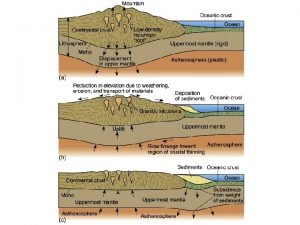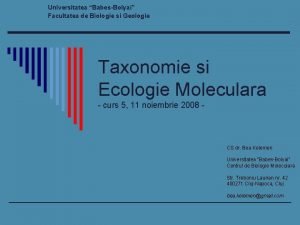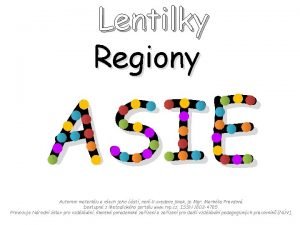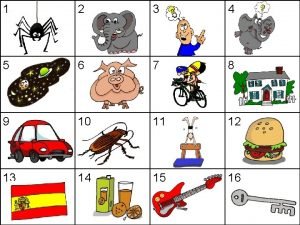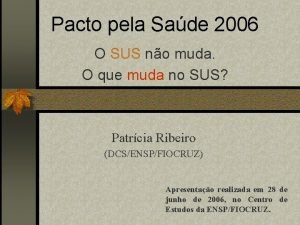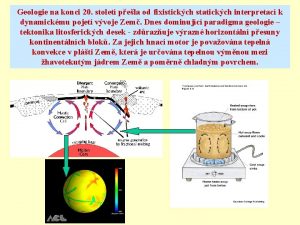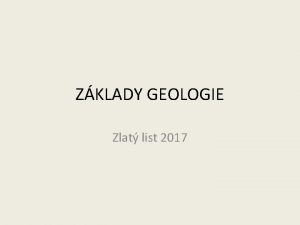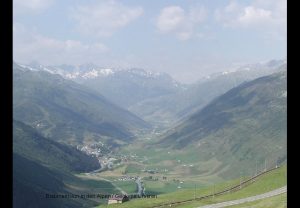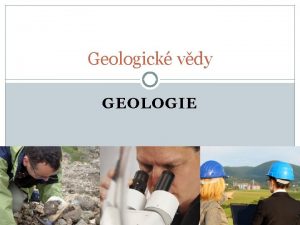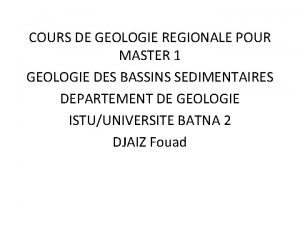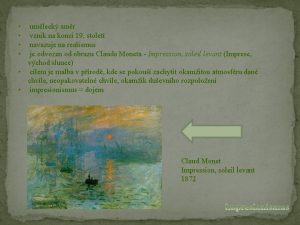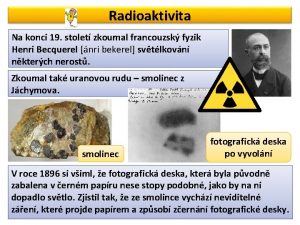Geologie na konci 20 stolet pela od fixistickch

















- Slides: 17

Geologie na konci 20. století přešla od fixistických statických interpretací k dynamickému pojetí vývoje Zemč. Dnes dominující paradigma geologie – tektonika litosferických desek - zdůrazňuje výrazné horizontální přesuny kontinentálních bloků. Za jejich hnací motor je považována tepelná konvekce v plášti Země, která je určována tepelnou výměnou mezi žhavotekutým jádrem Země a poměrně chladným povrchem.

Teorie litosferických desek předpokládá, že konvekční tepelné proudy v plastické části zemského pláště vedou v místech vzestupných tepelných proudů ke vzniku divergentních rozhraní a v místech sestupných tepelných proudů ke vzniku konvergentních rozhraní litosferických desek Litosferická deska Plastický plášť Konvergentní rozhraní Divergentní rozhraní

Konvergentní rozhraní představují místa vrásnění, vulkanické činnosti, vzniku pohoří a kolize kontinentů

Hlavní etapy vrásnění v prvohorách - čtvrtohorách Časová škála Vrásnění Paleogeografie perm karbon Variské vrásnění kambrium ordovik silur devon Vznik Pangei starší Prvohory mladší 245 Ma 545 Ma Prekambrium Kaledonské vrásnění

Časová škála Vrásnění Třetihory 1, 8 Ma Paleogén Neogén Čtvrtohory Alpinské vrásnění 245 Ma Křída Jura Trias Druhohory 65 Ma Kimerské vrásnění Paleogeografie

The Western Collage • Cordillera an collage of microplates and arcs – accreted during the Paleozoic and Mesozoic – terrains have different rock types and fossil assemblages that cannot be correlated – suspect terrains--fault-bounded regions that cannot be correlated – exotic terrains--clearly from somewhere else

The Canadian Cordillera west of the Rockies is largely composed of displaced terranes, as are the easternmost sections of Siberia. Origins of these terranes are best Determined by the biogeographic affinities of the fossils in their sedimentary rocks.

Displaced terranes are island arcs or continent fragments that have been moved from one part of the world to another. The continental margins of E, W North America are largely composed of displaced terranes. Avalon Peninsula is part of a displaced terrane called Avalonia. Paradoxites and other Manuels River trilobites are European in their biogeographic affinities. "Viking Funeral Ship" paleobiogeographic pattern


How Continents Grow: Accretion of continental fragments Fig. 20. 12 a

How Continents Grow: Accretion of island arcs Fig. 20. 12 b

How Continents Grow: Accretion along transform faults Fig. 20. 12 c

How Continents Grow: Accretion by continental collision/ rifting Fig. 20. 12 d

The Wilson Cycle Fig. 20. 18


World Tectonic Provinces Fig. 20. 8 a

 Stolet
Stolet Facultatea de biologie si geologie
Facultatea de biologie si geologie Regiony asie
Regiony asie Slová na slabiku dži
Slová na slabiku dži Rozdelenie slov na konci riadku
Rozdelenie slov na konci riadku Parove znele slova
Parove znele slova Rým
Rým Posunutelná kůže na konci penisu
Posunutelná kůže na konci penisu Znele a neznele spoluhlasky
Znele a neznele spoluhlasky Pepe peña pica piña
Pepe peña pica piña Pacto pela redução da mortalidade materna e neonatal
Pacto pela redução da mortalidade materna e neonatal Produto da soma pela diferença
Produto da soma pela diferença Escolho meus amigos
Escolho meus amigos Equipes de nossa senhora
Equipes de nossa senhora Paisagem transformada pela natureza
Paisagem transformada pela natureza Pacto pela saúde
Pacto pela saúde Consagrai-vos a deus pela manhã
Consagrai-vos a deus pela manhã Consagrai-vos ao senhor
Consagrai-vos ao senhor
